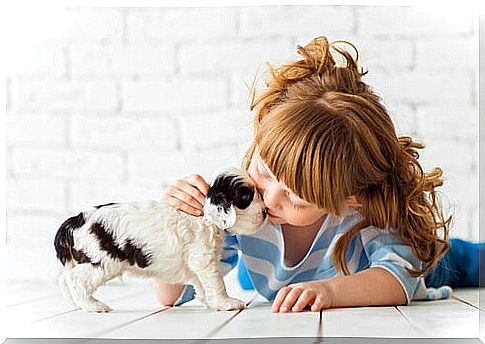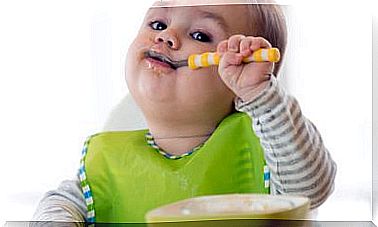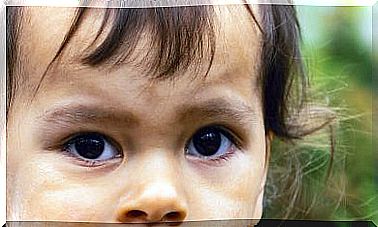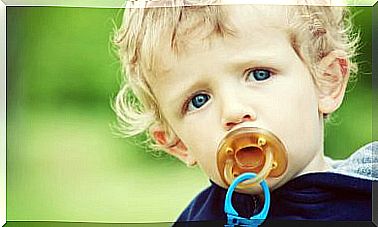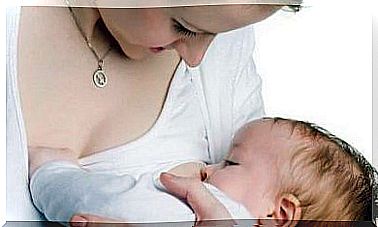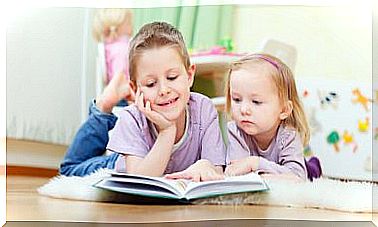Emotional Memory In Children
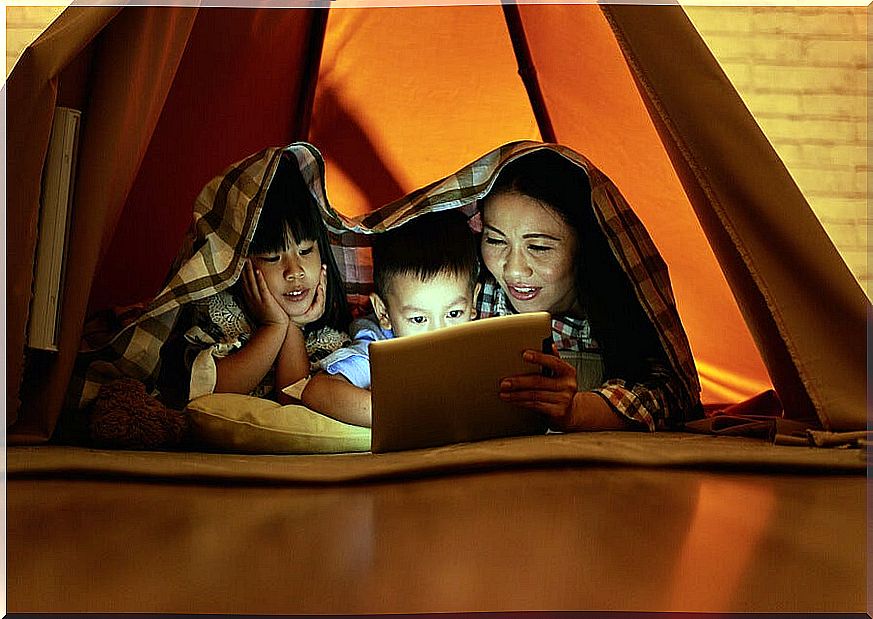
Emotional memory in children begins to appear from 3 years of age. It is a key aspect in emotional development and difficult to deal with. For this reason, we wanted to share with you the aspects that define it in the specific case of children and examples to know how to work with the little ones.
Emotions in childhood
As we said, it is not until the age of 3 when the child begins to develop emotional memory. It does not mean that the little one does not keep memories prior to that moment, but quite the opposite. The little one has been exercising another type of memory: the one that helps him to walk, to pick up things with his hands, and so on.
Emotional memory relates memories to emotions ; for example: a taste that you like or a moment that made you sad. Also, a nightmares that made him wake up in the dark, hence the fear of darkness that so many little ones experience. All these experiences are generated by emotional memory; that is to say, the union of a memory to an emotion.
That children know how to manage the main emotions such as joy, sadness, fear or anger is very important for their emotional and personal development during life. It will mark your personality. Learning to manage these emotions is difficult for such young children. Think if not, that adults sometimes are not capable of it either.
How to work on emotional memory with children?
For children to be able to identify emotions is sometimes difficult. Perhaps it is even more difficult to have to teach it in an easy and fun way so that they will pay attention.
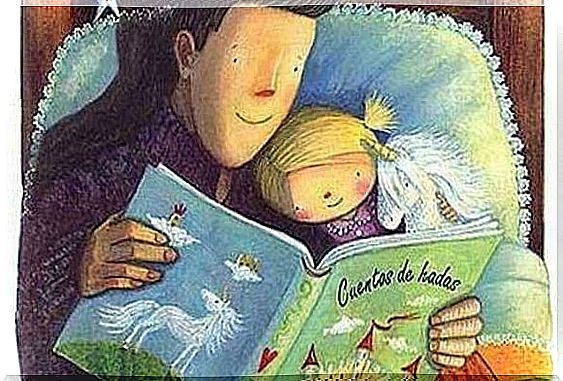
Working on emotional memory in children is easier if materials are used. Therefore, we want to talk about a book and a movie that can be very effective tools for this.
The color monster
A world as complex as that of emotions is difficult to deal with with children. However, with The Color Monster, children from 3 years old can be introduced through the protagonist of this story created by Anna Llenas, in the convoluted world of emotions.
The story is based on the fact that the monster is messed up with his emotions and cannot identify them. With the help of a girl, she will be able to know and manage each one of them. The author associates each emotion (joy, sadness, calm, anger and fear) with a color, which helps to better remember the children.
This children’s story is among the best sellers and is being used in many schools and psychological offices to deal with the subject of emotions, despite having been published 7 years ago.
Reverse
If with The Color Monster we were talking about a book, with Inside Out we are referring to one of the films with the most background that Pixar has created. Also known as Inside Out, it is another way for children to learn to identify emotions.
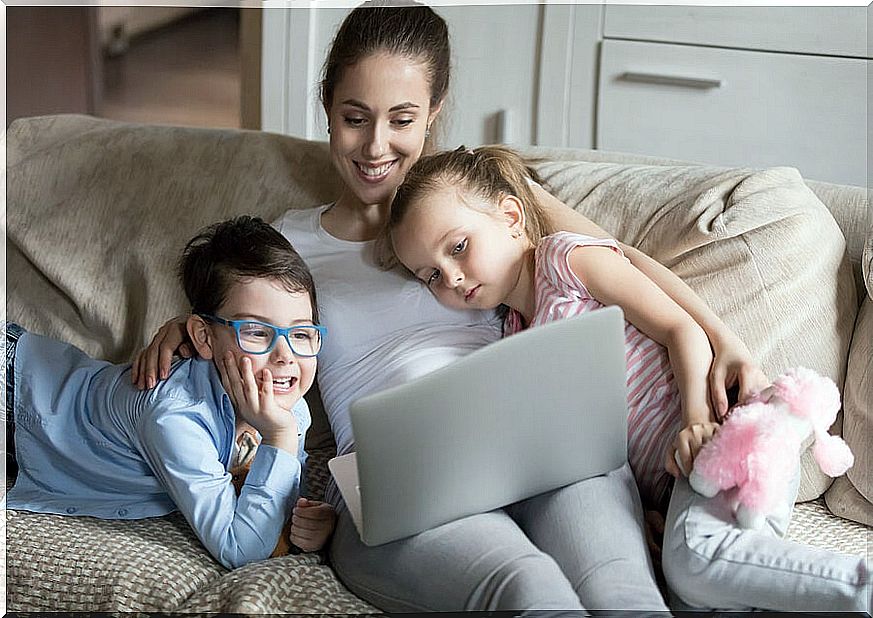
Unlike The Color Monster , the movie Inside Out is recommended from 6 or 7 years old, as its story is somewhat complex for younger children.
As in the book, Inside Out represents emotions by assigning a different color to each character. The emotions discussed here are joy, sadness, disgust, anger and fear, very similar to those in the book.
The complexity of this story and what sets it apart from The Color Monster is that personality, imagination, dreams, long-term memory and other aspects related to emotional intelligence are also discussed here.
